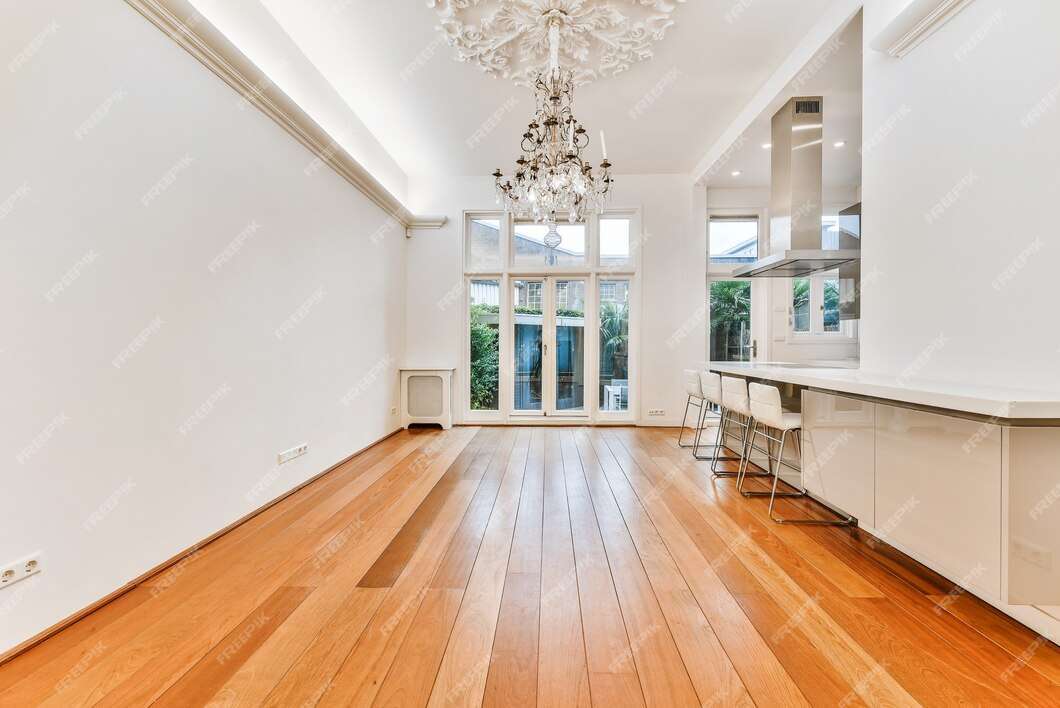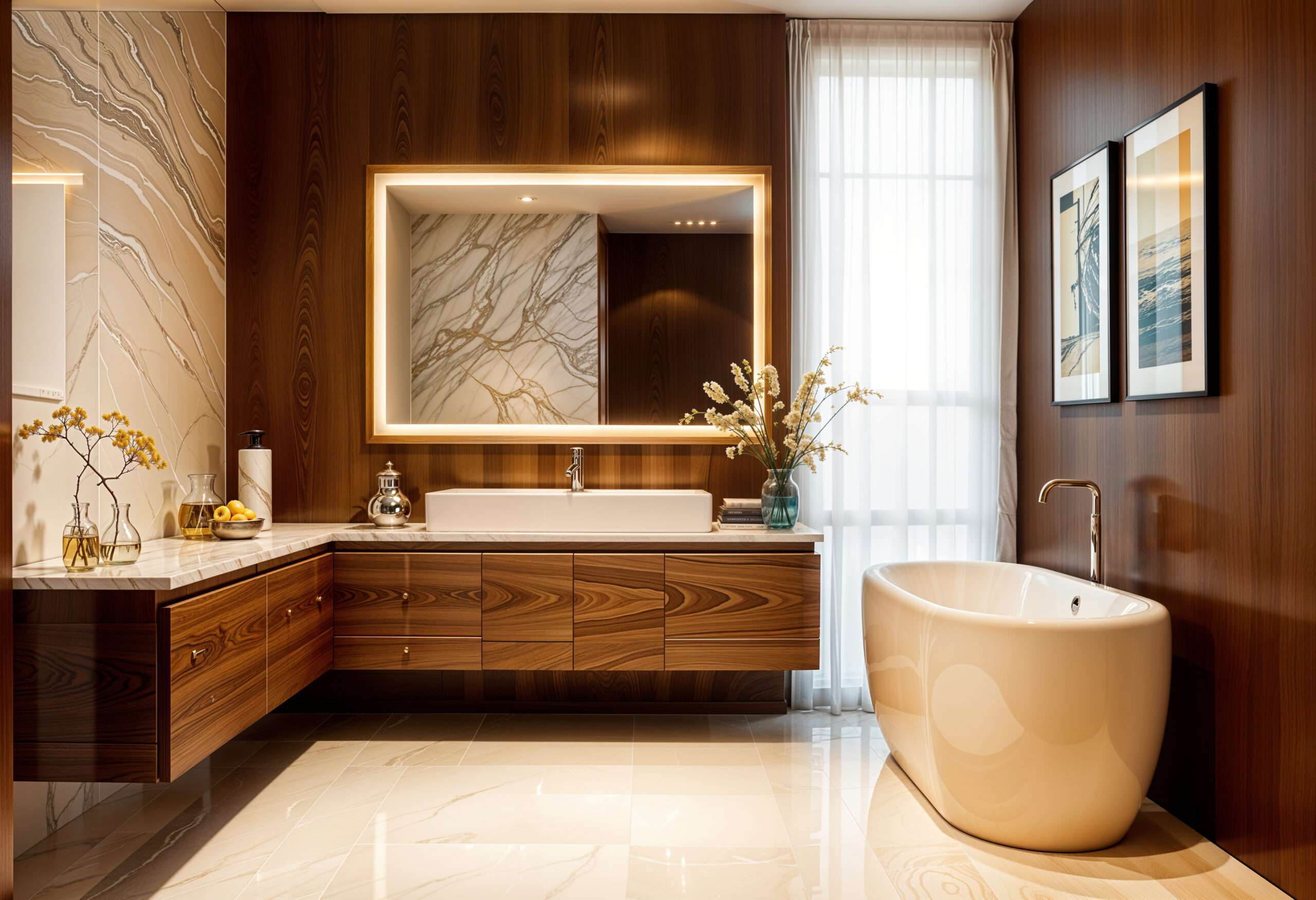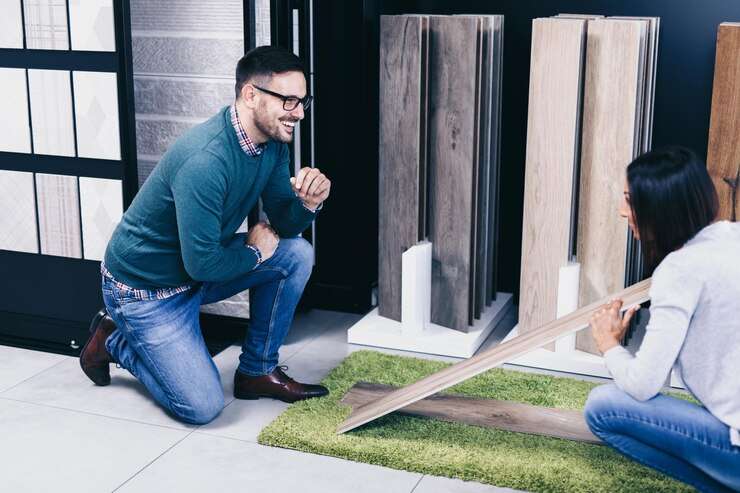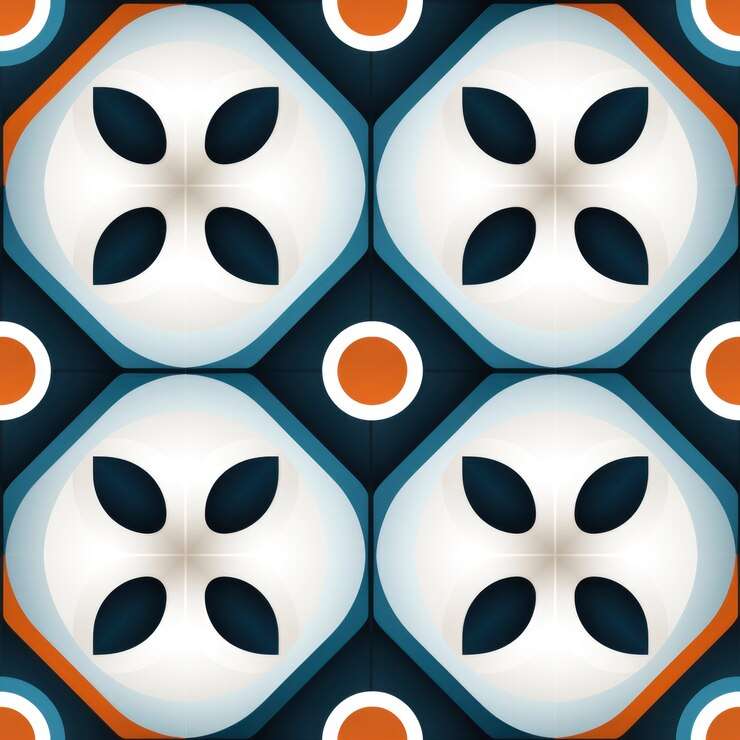1. Understanding Hardwood Flooring Types
1.1. Solid Hardwood vs. Engineered Hardwood flooring
Solid hardwood flooring consists of a single piece of wood throughout, typically 3/4 inch thick. Engineered hardwood, on the other hand, features a top layer of real wood bonded to multiple layers of plywood. This construction provides better stability in fluctuating humidity levels.
1.2. Common Wood Species for Flooring
Oak remains the most popular choice for hardwood flooring, known for its durability and classic grain patterns. Maple offers a lighter color and smoother grain, while hickory provides exceptional hardness. Cherry and walnut are famous for their rich, warm tones.
1.3. Comparing Domestic and Exotic Wood Options
Domestic woods like oak and maple are readily available and often more affordable. Exotic species such as Brazilian cherry or teak offer unique colors and grain patterns but come at a higher price point. Consider the environmental impact and sustainability of exotic woods before making a decision.
2. Evaluating Your Home’s Environment
2.1. Considering Oklahoma City’s Climate
Oklahoma City experiences hot summers and cold winters, with significant humidity fluctuations. This climate can cause wood to expand and contract. Engineered hardwood or certain domestic species like white oak may be better suited to cope with these conditions.
2.2. Assessing Room Usage and Traffic Patterns
High-traffic areas like entryways and living rooms benefit from harder woods like oak or hickory. Bedrooms and less frequented spaces can accommodate softer woods like pine or cherry. Consider the daily wear and tear each room will experience.
2.3. Analyzing Subfloor Conditions
The type of subfloor in your home influences the installation method and potentially the type of hardwood you can use. Concrete subfloors may require engineered hardwood or a specific installation approach for solid hardwood.
3. Choosing the Right Color and Finish
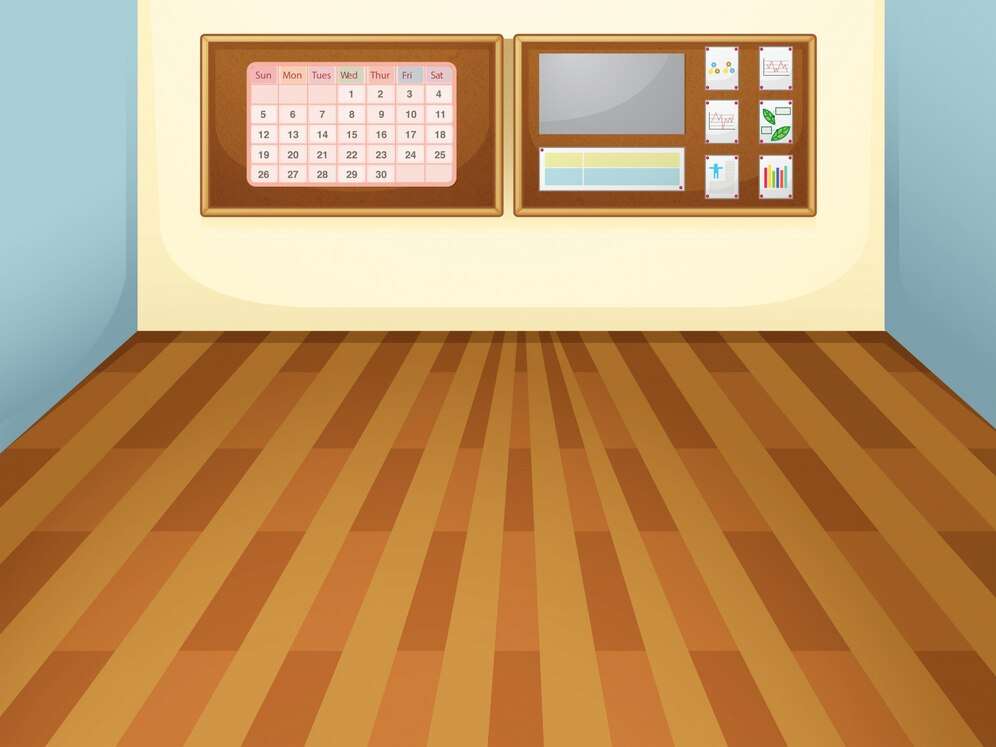
3.1. Matching Wood Tones to Your Home’s Style
Light woods like ash or maple complement modern and Scandinavian-inspired interiors. Medium tones like oak suit a wide range of styles, while dark woods like walnut create a more formal, traditional atmosphere.
3.2. Exploring Stain Options and Their Effects
Stains can dramatically alter the appearance of wood. Light stains showcase the natural grain, while dark stains can give less expensive woods a more luxurious look. Remember that darker stains tend to show dust and scratches more readily.
3.3. Selecting the Appropriate Finish Sheen
Matte finishes offer a natural, understated look and hide imperfections well. Satin finishes provide a subtle sheen and are easier to maintain. High-gloss finishes create a formal, polished appearance but show every scratch and speck of dust.
4. Determining the Best Installation Method
4.1. Nail-Down vs. Glue-Down vs. Floating Installation
Nail-down installation is traditional for solid hardwood over wood subfloors. Glue-down methods work well for engineered wood on concrete. Floating floors, where planks connect to each other but not the subfloor, offer easier installation and replacement.
4.2. Evaluating Professional vs. DIY Installation
Professional installation ensures proper technique and often comes with warranties. DIY installation can save money but requires skill and specialized tools. Consider the complexity of your space and your own experience level.
4.3. Understanding Expansion Gaps and Acclimation
Hardwood floors need room to expand and contract with humidity changes. Proper expansion gaps around the perimeter of the room are crucial. Acclimating the wood to your home’s environment for several days before installation is essential for preventing future issues.
5. Budgeting for Your Hardwood Floor Project
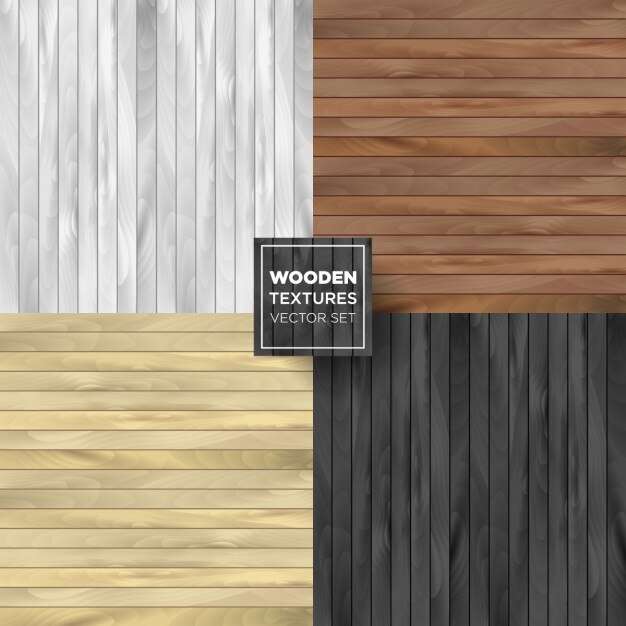
5.1. Comparing Costs of Different Wood Types
Domestic hardwoods like oak typically range from $3 to $7 per square foot, while exotic species can cost $8 to $14 or more. Engineered hardwood often falls in the middle of this range.
5.2. Factoring in Installation and Additional Materials
Professional installation can add $3 to $8 per square foot to your project cost. Don’t forget to budget for underlayment, trim, and any necessary subfloor preparations.
5.3. Considering Long-Term Maintenance Expenses
Factor in the cost of regular cleaning products, occasional deep cleaning, and potential refinishing every 10-20 years. Some wood requires more maintenance than others.
6. Maintaining Your Hardwood Floors
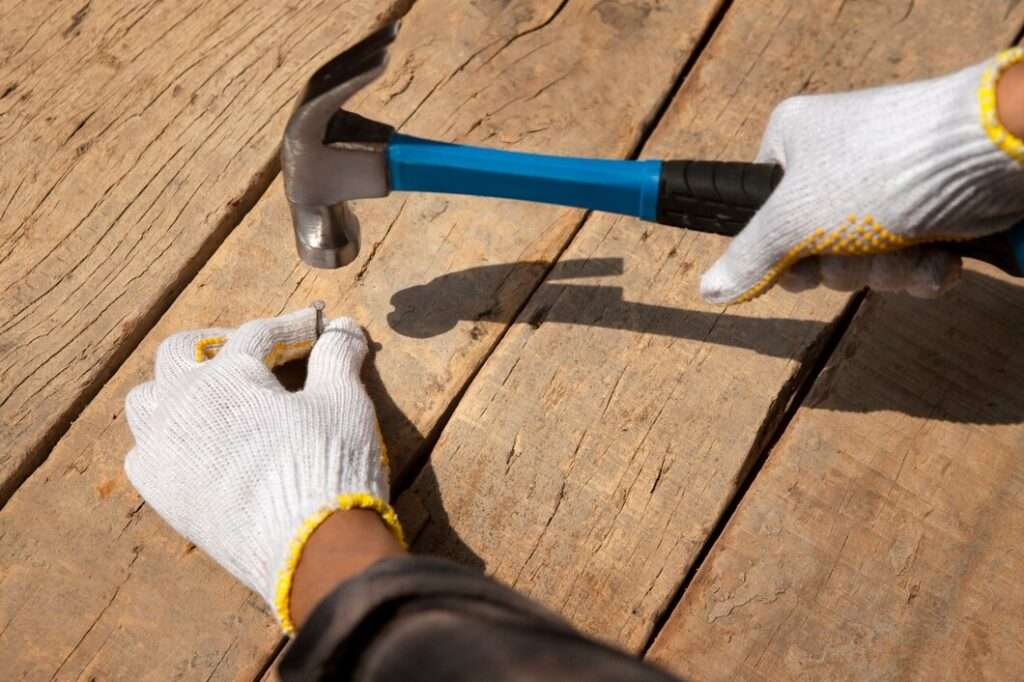
6.1. Daily Cleaning and Care Routines
Regular sweeping or vacuuming prevents scratching from dirt and debris. Use a slightly damp mop for deeper cleaning, avoiding excess water. Place mats at entrances and use felt pads under furniture to prevent scratches.
6.2. Addressing Scratches and Dents
Addressed minor scratches with touch-up markers or fill sticks. Deeper scratches may require professional attention. Consider area rugs for high-traffic zones to minimize wear.
6.3. Refinishing Options for Long-Term Preservation
Solid hardwood can be sanded and refinished multiple times, extending its lifespan significantly. Engineered hardwood may be refinished a limited number of times, depending on the thickness of its top layer.
Conclusion
Selecting the right hardwood flooring for your Oklahoma City home involves careful consideration of wood types, your home’s environment, style preferences, installation methods, budget, and maintenance requirements. By understanding these factors, you can make an informed decision that will enhance your home’s beauty and value for years to come.
FAQs
How long do hardwood floors typically last?
Hardwood floors can last 25 to over 100 years, depending on the wood type, maintenance, and wear. Solid hardwood can be refinished multiple times, significantly extending its lifespan. Engineered hardwood, with a thinner veneer, generally lasts around 20–30 years before needing replacement.
2. Can hardwood floors be installed in bathrooms or kitchens?
Yes, hardwood floors can be installed in kitchens; however, proper sealing and regular maintenance are essential to prevent water damage. On the other hand, in bathrooms—where moisture and humidity levels are significantly higher—hardwood is generally not recommended. Nevertheless, if you still desire a wood look in a bathroom, engineered wood or waterproof sealants can help make the flooring more resistant to moisture
3. What’s the best way to clean hardwood floors without damaging them?
- Daily Cleaning: Sweep or use a microfiber dust mop to remove dirt and dust.
- Weekly Cleaning: Mop with a damp (not wet) cloth using a hardwood-specific cleaner. Avoid excessive water.
- Avoid: Harsh chemicals, steam mops, and vinegar-based solutions, as they can strip the finish and dull the wood.
4. How often should hardwood floors be refinished?
Hardwood floors should be refinished every 7–10 years, depending on foot traffic and wear. If floors are found to be scratched, discolored, or dull, refinishing may be needed. Engineered wood is allowed only a limited number of refinishing sessions due to its thinner top layer.
5. Are there eco-friendly options for hardwood flooring?
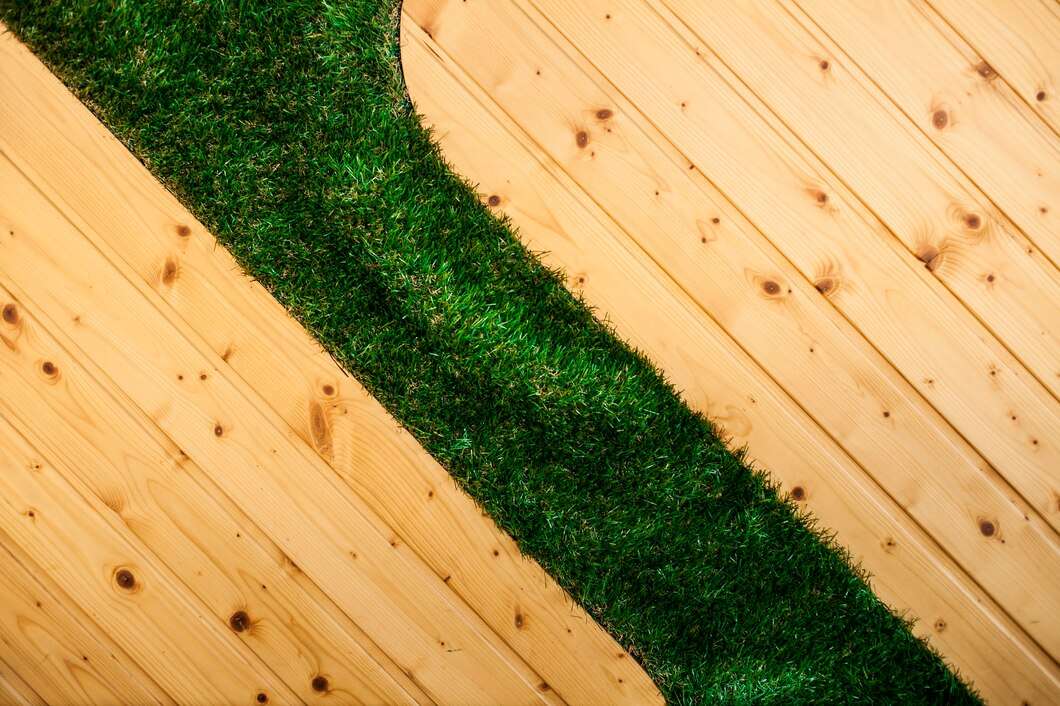
Yes! There are several sustainable choices, with details as under:
- Sustainably Sourced Wood: Look for FSC-certified hardwood like bamboo or reclaimed wood to reduce environmental impact.
- Low-VOC Finishes: water-based polyurethane or natural oil finishes can be opted instead of traditional high-VOC stains.
- Reclaimed Hardwood: wood repurposed not only adds character but also reduces deforestation and waste.
